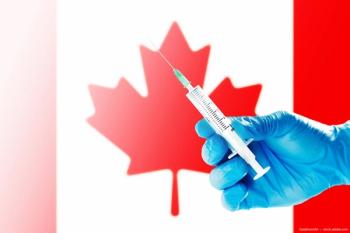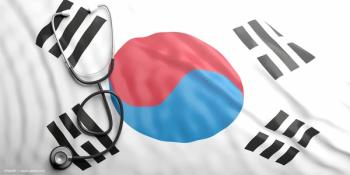1. Emerging drug targets waste build-up in Stargardt disease
A new drug (ALK-001, Alkeus) has been reported as safe in a 4-week, phase I safety-only study for preventing the formation of toxic waste in the macula. Researchers hope to learn more about the drugâs capabilities to slow vision loss and potentially explore if the agent can also be used in other macular diseases, such as dry AMD.
2. ARMOR study shows national prevalence of multidrug resistance
Bausch + Lomb released preliminary results from the 2015 Antibiotic Resistance Monitoring in Ocular Microorganisms (ARMOR) surveillance study, showing that antibiotic resistance was most common among CoNS staphylococcal isolates.
3. Are blueberries the answer for dry eye disease?
A study presented at ARVO shows that Pterostilbene (PS), a component of blueberries, may offer protection from dry eye disease by reducing oxidative damage and inflammation.
4. Survivors of Ebola may be at high risk of developing blindness
Recent findings show that even after being declared virus-free, about one out of five survivors develop uveitis, and one-third of those develop either serious vision impairment or blindness.
5. Anti-VEGF shows benefits for CNV with rare diseases
Injections with ranibizumab (Lucentis, Genentech) were shown to be safe and effective at improving functional and anatomic status in patients with choroidal neovascularization associated with rare diseases, according to findings from the phase III MINERVA study.
6. IRIDEX reports safety, efficacy results for glaucoma drug and delivery system
Using a novel laser system (Cyclo G6 Glaucoma Laser System, IRIDEX), researchers found significant mean IOP lowering with a probe (MicroPulse P3, IRIDEX) for glaucoma patients. The therapy would also provide the ability to safely retreat patients if needed, researchers said.
7. Vision loss linked with increased length of hospital stay, re-admission rates
Research presented by Lighthouse Guild showed that people with vision problems admitted to the hospital for common ailments spend more time in the hospital and are more likely to be readmitted compared with their non-visually impaired counterparts. The financial implications of these findings are about $2.7 billion every year in excess hospital costs of Medicare patients.
8. LumiThera releases results from clinical study for dry AMD
LumiThera Inc. released data from the TORPA II clinical study for dry AMD that showed increased visual acuity of 5.90 letters (p < 0.001) and increased contrast sensitivity (log unit improvement of 0.11, p = 0.02) among 42 eyes from 24 dry AMD patients.
9. Launch of Retina World Congress unites global thought-leaders
International thought-leaders in retina education will have a new forum with the inaugural Retina World Congress (RWC), Feb. 23 to 26, 2017, in Fort Lauderdale, FL. The aim of the conferenceâa federation of retina societies from around the worldâis to foster ongoing dialogue and generate consensus about retinal disease, emerging technologies and treatments, best practices, and clinical research.
10. Robotic vision one step closer to becoming reality
Positive safety results have been reported from patients using the electronic epiretinal prosthesis (Argus II Retinal Prosthesis System, Second Sight). Four patients with dry AMD were selected and followed for 6 months for safety monitoring.
To read more articles from ARVO 2016, visit the ARVO 2016 Meeting tag page.
Click here for a recap of what everyone was tweeting about at ASCRS in New Orleans!



















































.png)


